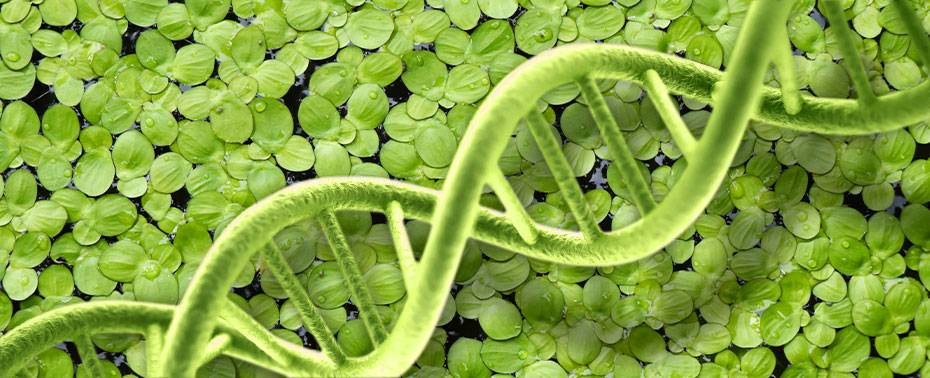DNA barcoding leads to the rigorous identification of animals, microorganisms and plants. Its use will be illustrated in this article in the framework of the development of cosmetic ingredients obtained from plants. Indeed, at reception, plants may be contaminated or contain other unwanted species. These occurrences alter the sample’s purity and may adversely affect the quality and efficacy of the active ingredient marketed. Before using any natural raw material, it is therefore indispensable to strictly validate its identity and the absence of contaminants.
When a natural active ingredient is being developed, the raw material is received as a powder. Several concomitant analyses are used to identify it:
- an organoleptic examination: determination of the appearance, color, odor, particle size distribution, etc.;
- a botanical examination: microscopic analysis involving the observation of all characteristic elements of the plant or part of the plant (stems, leaves, flowers, roots, seeds);
- physicochemical studies: determination of the composition (sugars, lipids, proteins, polyphenols, etc.), solubilization test, etc.
Even when this battery of analyses is carried out, some species have similar visual and physicochemical characteristics making their identification impossible. Indeed, when in powdered form, a large number of features that help identify the plant are no longer present. In addition, when these examinations are carried out, minor contaminations may not be detected.
Technological advancements in the field of genetics have led to implementing a powerful method applicable to the identification of plant species: DNA barcoding. Indeed, each plant species has its own genetic fingerprint characterized by unique DNA fragments, like a bar code, that differentiates it from all other species.
DNA barcoding of a sample aims to extract, amplify, sequence and compare the specific fragments with those published in databases, in order to identify one or several species. In addition to identification, DNA barcoding detects the possible presence of contaminants.

SILAB uses DNA barcoding technology in two key steps in the development of its active ingredients: selection of the raw material and diversification of its supplies. As a result of the use of this advanced method, SILAB reinforces the security of its sourcing and optimizes the choice of its suppliers.
Among recent examples, when APIOSKIN® was being developed, the company focused on a unique type of pectins, apiogalacturonans (APG), and demonstrated their hygroscopic potential. SILAB identified giant duckweed (Spirodela polyrhiza) for its elevated content of APG. Usual methods of botanical identification, however, are limited for distinguishing the different duckweed species that are received in powdered form; DNA barcoding has therefore been adopted as a method of choice for guaranteeing the validation of the sourcing. Only DNA barcoding can provide the identity safety and purity of samples, essential for the development of this new hydrating ingredient. Among the batches tested, 20% were found to be contaminated by other species.
By implementing DNA barcoding technology, SILAB has further solidified its expertise in mastering natural and has progressed an additional step in the securing of its raw materials.







